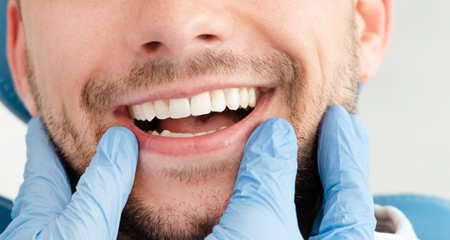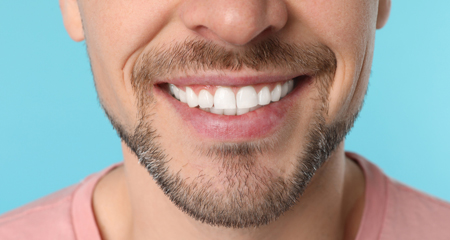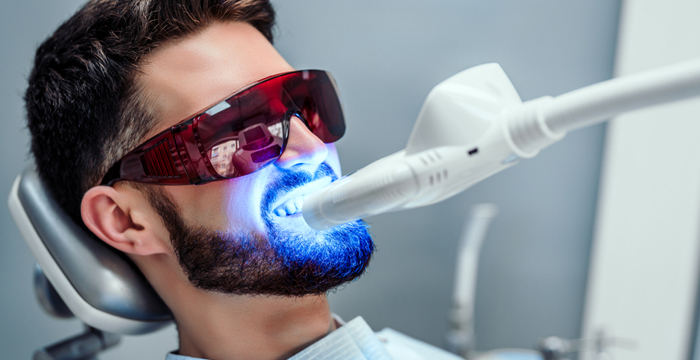Teeth whitening is the process of restoring your teeth to their natural colour by removing the stains on the surface of your teeth, using whitening agents that are found in toothpaste and mouthwash.
Teeth bleaching is the process of whitening your teeth to the extent that they become whiter than they originally were, using bleaching agents like hydrogen peroxide. Even though the terms are often used interchangeably, it is important to know the difference because it will help you make a well-informed decision if you are interested in improving the appearance of your teeth.

Products that will lighten teeth ranges from toothpaste and rinses that can be bought over-the-counter, to chemical and laser treatments done at the dentist’s office. The Store-bought items may also fall into the category of teeth whitening. Many of them will clean off the surface stains caused by coffee, red wine, tobacco and various other coloured food products that can make the teeth dull and look discoloured. These products are inexpensive and safe. Their effectiveness, however, will depend on the type and severity of the stains that is being used in the process.
Teeth whitening strips are an over-the-counter option that costs a bit more but that can work well. These thin plastic strips are coated on one side with a hydrogen peroxide solution. Hydrogen peroxide is sometimes included in the toothpaste too but comparatively in much smaller amounts. In larger amounts, it is the bleaching agent used in dentist applied products. The use of these stronger chemicals makes whitening strips lean more toward bleaching rather than simply whitening.
Dentists use these products to whiten teeth that contain much stronger chemical agents than what can be bought at the drugstore. The methods they use are more likely to be called “bleaching.” Bleaching treatments are administered at the dentist’s office, usually in a series of visits. In some cases, a dentist will prescribe at-home treatments that the patient can do themselves. Because these methods use a higher concentration of hydrogen peroxide, they often have better results than other options.
Recently, professional-strength bleaching products have sprung up in non-dental settings. Much like other non-surgical cosmetic treatments, teeth bleaching is being offered in salons, spas, mall kiosks, and even on cruise ships. It is important to research any provider who is not a licensed dental professional and proceed with caution.
Teeth whitening and bleaching products are safe when used correctly. Over-the-counter rinses and toothpaste are the safest and that can be used by just about anyone. More aggressive products and methods might cause problems for some individuals. As with any treatment involving chemicals, it’s best to be aware of the possible side effects and health concerns.

Some people experience tooth sensitivity or gum irritation after whitening and bleaching their teeth. This could be a result of chemical solutions that are too strong or treatments that are too frequent. It could also mean that the patient might simply have a low tolerance for that particular product. Discomfort for these reasons is usually short-lived and can be treated with anti-inflammatory medication.
Existing cavities or eroded tooth enamel could result in more serious side effects. Because whitening agents penetrate teeth, they can result in extreme pain. They can even cause permanent root damage.
